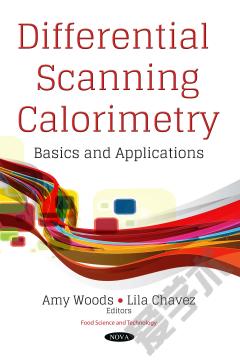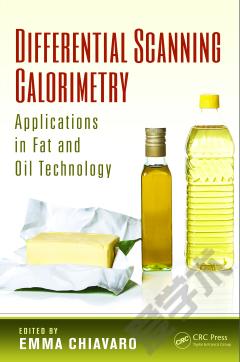Differential Scanning Calorimetry: Basics and Applications
In this book, the authors use DSC to determine ΔCPs for a series of DNA molecules, including ST-DNA, DNA duplexes, stem-loop motifs, hairpins with bulges, intramolecular three- and four-way junctions, triplexes and pseudoknots. In all cases, the resultant ΔCP is small and well within the baseline signal of the DSC and the unfolding of DNA molecules leads to a release of counterions. In a separate study, the authors present the differential scanning calorimetry method for evaluating and monitoring the effects of exposure to potential human and environmental toxicants. The obtained data contribute to better understanding of bacteria-metal interaction and could be applied to the bacteria stress-response studies. Later, the authors conducted a differential scanning mocrocalorimetry (DSC) investigation of the following samples: cell cultures of lymphocytes from vein blood of women 40-60 years of age with ductal carcinoma before and after treatment with a small synthetic bioregulator peptide epitalon at presence of Co(II) ions; fetus surrounding liquid of healthy pregnant young women; and lymphocytes cell cultures from vein blood of clinically healthy women 40-60 years of age who can be regarded as the norm. In the final study, thermal denaturation of hen egg white lysozyme in water-dimethyl sulfoxide (DMSO) mixtures was studied by differential scanning calorimetry (DSC). Dual action of DMSO on the lysozyme properties was observed. The temperature of denaturation (T_d) decreases gradually with an increase in the concentration of DMSO. On the other hand, the enthalpy of denaturation (∆H_d) shows a complex dependence on the solvent composition.
{{comment.content}}








 京公网安备 11010802027623号
京公网安备 11010802027623号